Art of the Ancient Americas Final Paired Terms
1/88
There's no tags or description
Looks like no tags are added yet.
Name | Mastery | Learn | Test | Matching | Spaced |
|---|
No study sessions yet.
89 Terms
Mesoamerica
A vast cultural and historical region that covers southern Mexico and parts of Central America, Mesoamerica was home to many complex pre-Columbian civilizations such as the Olmec, Maya, Teotihuacan, and Mexica (Aztec). These societies shared similar religious beliefs, calendar systems, agricultural practices, and monumental architecture, even though they had distinct languages and political structures.
Resources
Refer to the natural physical materials essential to human survival and culture, such as land, air, water, minerals, and plants. In Mesoamerica, access to fertile land and water was vital for agriculture, especially maize cultivation, while materials like jade, obsidian, and precious stones were highly valued for both practical and symbolic purposes.
Maize Agriculture
The cultivation of maize (corn) was the agricultural foundation of many Mesoamerican societies. Maize was more than just a staple food; it was deeply intertwined with religion, mythology, and social organization. Its cultivation supported large populations and complex societies, and maize gods often appear in Mesoamerican art and stories symbolizing life and fertility.
Ballgame
A ritual sport played throughout Mesoamerica, the ballgame had religious, political, and social significance. It was often linked to cosmology, the struggle between life and death, and political authority. Not everyone could play; it was often restricted to elites or religious specialists. The Olmec colossal heads wearing helmet-like caps symbolize ballgame headgear, showing how the game was tied to leadership and power.
Calendar System
Mesoamerican cultures developed intricate calendar systems. The Maya had multiple interlocking calendars, including the Haab’ (solar calendar of 365 days) tracking seasons and agricultural cycles, and the Tzolk’in (260-day ritual calendar) associated with divination and fate. These calendars aligned every 52 years, marking a significant cosmological cycle celebrated with ceremonies to renew time.
Vigesimal Counting
Developed by the Olmec, this counting system used twenty as its base instead of ten (our decimal system). It is believed to originate from counting fingers and toes (10 fingers + 10 toes). This vigesimal system formed the mathematical foundation for later Mesoamerican civilizations’ complex mathematics, including the Maya, who also used a concept of zero.
Pantheon of Deities
The Olmec worldview included a collection of supernatural beings representing fundamental natural and cultural forces—such as rain, maize, animals, the earth, and ancestors. These “deities” weren’t gods in a separate sense but were transformative, often depicted as hybrid creatures combining human and animal traits, reflecting their power and connection to the world.
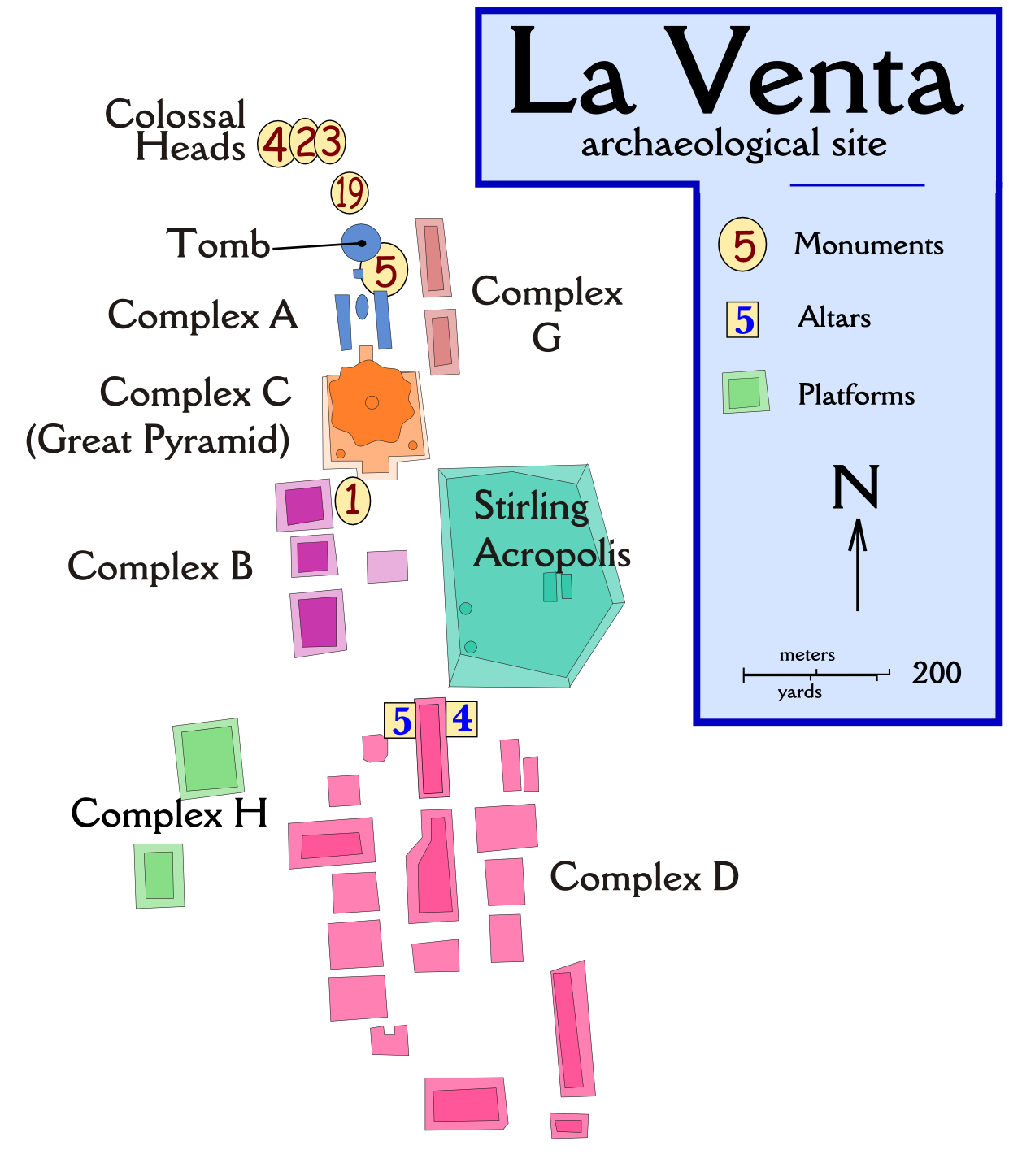
La Venta
An important Olmec archaeological site on the Gulf Coast of Mexico, La Venta is famous for monumental stone sculptures like colossal heads, altars, and stelae. It served as a religious and political center during the Olmec civilization’s height (around 900–400 BCE), highlighting early examples of urban planning and ritual practice.
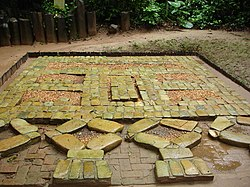
Massive Offering 4
A significant ritual deposit at La Venta, consisting of over 600 carefully arranged serpentine stone blocks buried under a platform, never to be seen again. The mosaic’s quadripartite layout likely represents Olmec cosmology, with references to the four cardinal directions and portals to supernatural realms, showing how ritual practices legitimize political power and cosmological order.
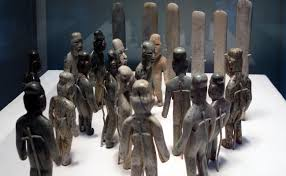
Offering 4
Another offering at La Venta consisting of 16 small greenstone human figurines arranged in a semicircle around six polished jade axes (celts). These figurines are believed to represent mythological ancestors and were not meant for display but for ritual veneration, possibly reenacting creation myths or ancestral ceremonies.
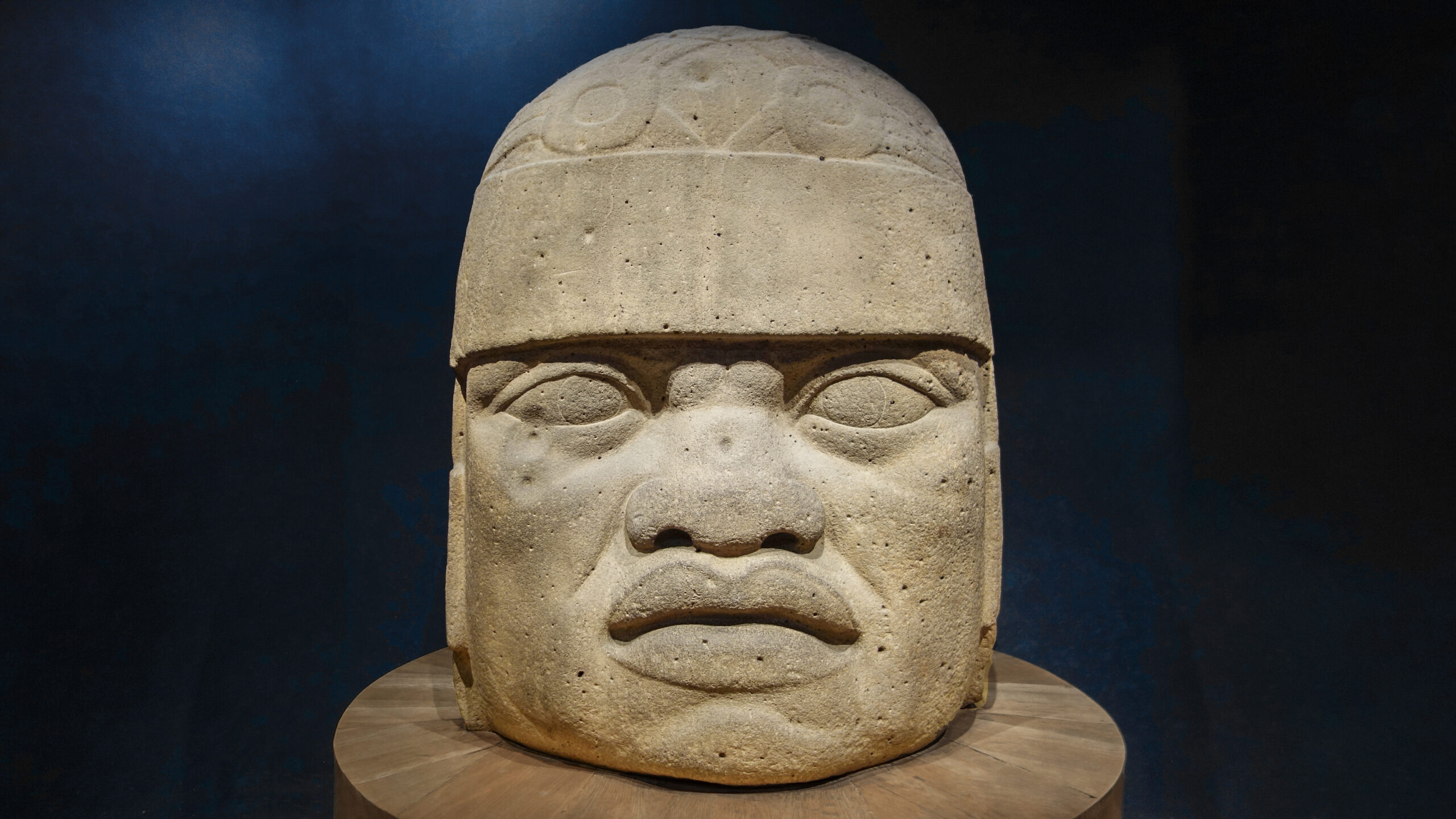
Olmec Heads
Massive basalt stone sculptures carved to depict distinct human faces, likely representing rulers or elites. Each head shows individualized facial features and is often portrayed wearing helmet-like headgear that may reference ballgame attire or elite status symbols, serving as powerful visual expressions of leadership.
Chalchihuitl
A powerful green stone (jade or similar minerals) highly prized in Mesoamerica for its associations with life, water, fertility, and sacred power. Because of these associations, chalchihuitl was often used in elite burial offerings and ritual objects, symbolizing status and divine connection.
Nahuatl
The language historically spoken by the Mexica people (Aztecs) and other central Mexican groups. Nahuatl was the lingua franca of the Aztec Empire and remains spoken by about 1.5 million people today. It is the source of many words that entered English and Spanish, like “chocolate,” “tomato,” and “avocado.”
Votive
An object offered to a deity or supernatural force in a religious ritual as an act of devotion, gratitude, or petition. Examples include figurines, tools, or ceramics placed at temples or sacred sites, intended to gain favor or communicate with the divine.

Celt
Polished stone tools shaped like axes or chisels, used functionally but also symbolically in Mesoamerica. Celts often served as votive offerings, symbolizing fertility, power, or divine favor, and were highly valued in ritual contexts, especially among the Olmec.
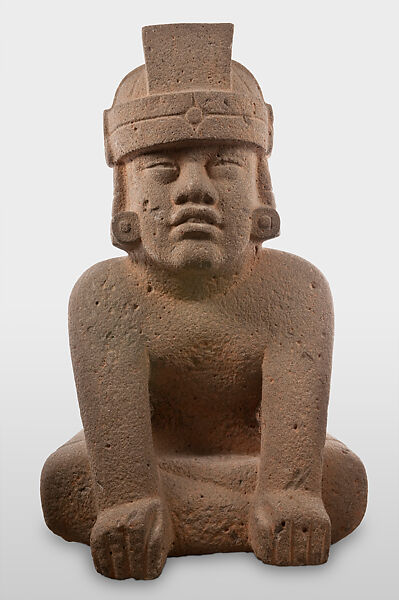
El Principe
A large basalt Olmec sculpture found at San Lorenzo, nicknamed “The Prince” because it likely represents a ruler or elite figure, identifiable by his distinctive hat. It’s an example of the Olmec tradition of monumental portraiture emphasizing political authority.
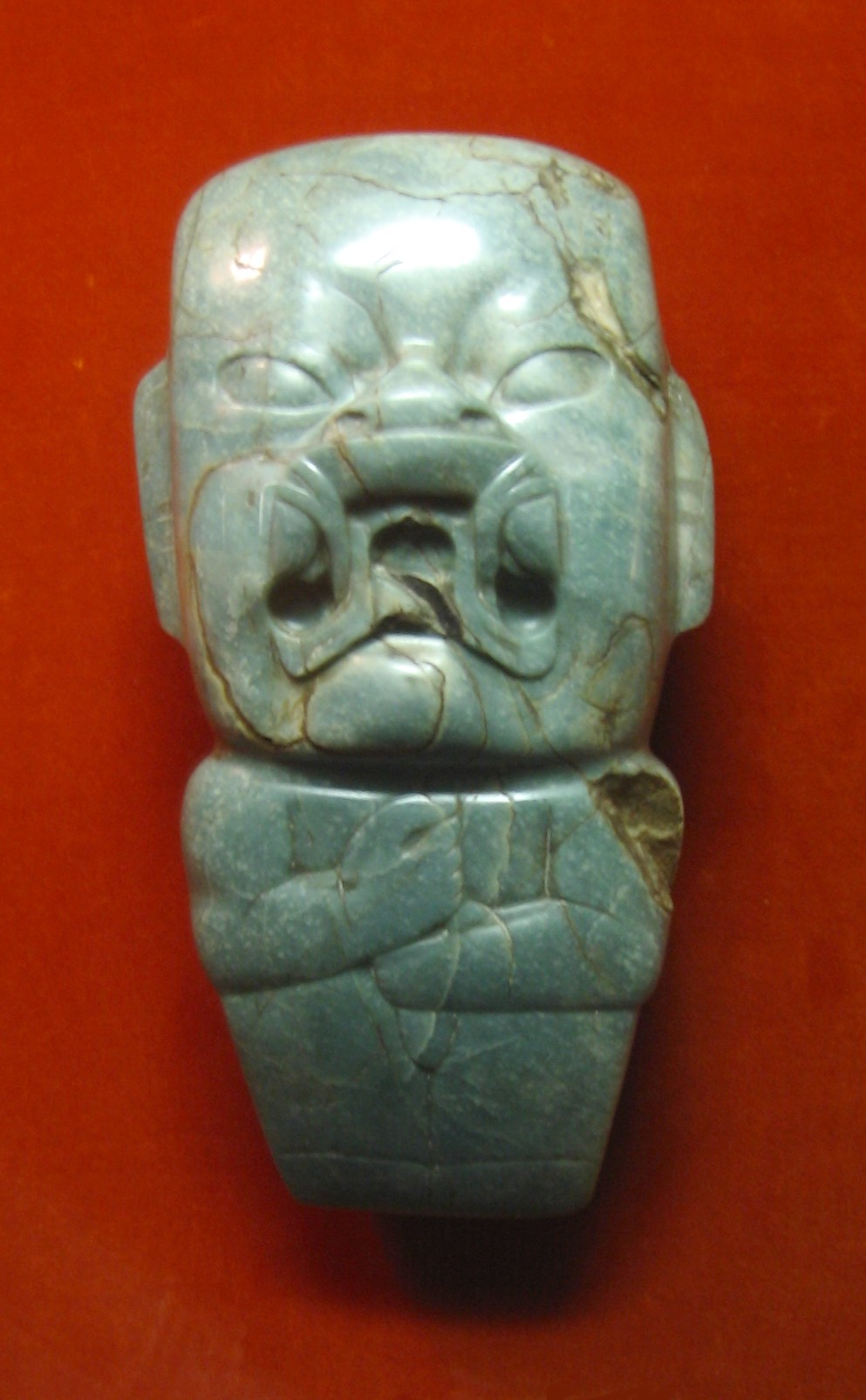
Kunz Axe
A ceremonial jadeite celt carved with the image of the were-jaguar, a supernatural hybrid creature important in Olmec mythology. The were-jaguar symbolizes transformation, fertility, and divine authority. The Kunz Axe combines its precious jade material, axe shape, and imagery to represent life force and shamanic power.
Portable Objects
Artistic and ritual items small enough to be carried, such as regalia, vessels, and ritual paraphernalia. These objects reveal how art was integrated into daily life, status display, and religious practice.
Arroyo Pesquero
An Olmec archaeological site and waterway that provides evidence of Olmec settlement and activity related to water management, trade, and ritual.

Las Limas Figurine
An Olmec greenstone sculpture depicting a male rain deity wearing a cap and holding a were-jaguar. Originally mistaken for a Christian Madonna and Child by locals, it symbolizes the responsibility humans have to care for the gods, especially the rain deity, linking the divine to ecological balance.
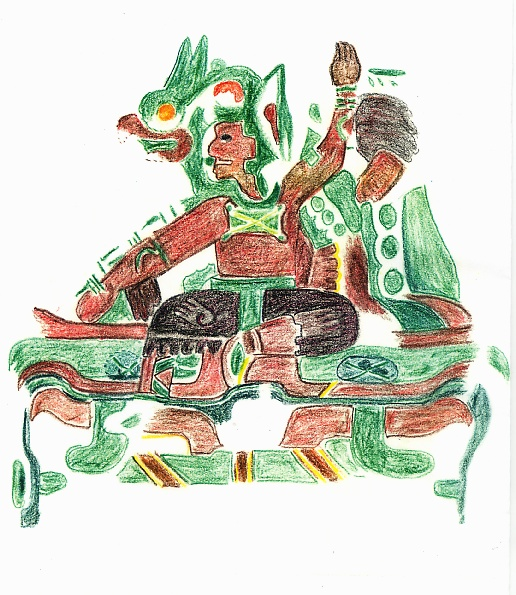
Oxtotitlan
A cave site featuring murals, including a notable profile view of a bird, illustrating Olmec ritual and artistic traditions connected to nature and spirituality.

Chalcatzingo
An Olmec archaeological site with notable rock carvings and monuments reflecting Olmec ideology and power.
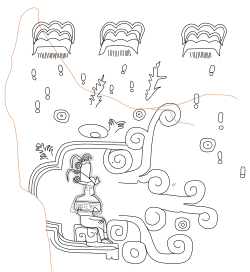
Petroglyph
A rock carving found at Chalcatzingo showing a female figure wearing a skirt and holding a ceremonial bar, surrounded by mist, rain, and jade circles. This likely represents a ruler petitioning the gods for fertility and abundance, emphasizing the role of leadership in maintaining cosmic balance.

Monument 9
Also at Chalcatzingo, known as the Olmec Earth Monster, this carved figure possibly represents a portal or boundary between worlds. Though looted in the early 20th century, it was returned to Mexico recently and reflects themes of transformation and cosmology.
LIDAR
A remote sensing technology that uses lasers to create detailed topographical maps, revealing hidden architectural features like Olmec sites or large apartment complexes in Teotihuacan, revolutionizing archaeological research.
Popul Vuh
A text recounting the mythology and history of the maya people

San Bartolo Murals
Set of richly painted mayan murals that depict mythological scenes. There are 5 babies and four of them represent the 4 directions while axis mundi is the one in the middle. Many stylized spirals which is common in mayan art
Corbel Vault
Maya invention that made buildings taller
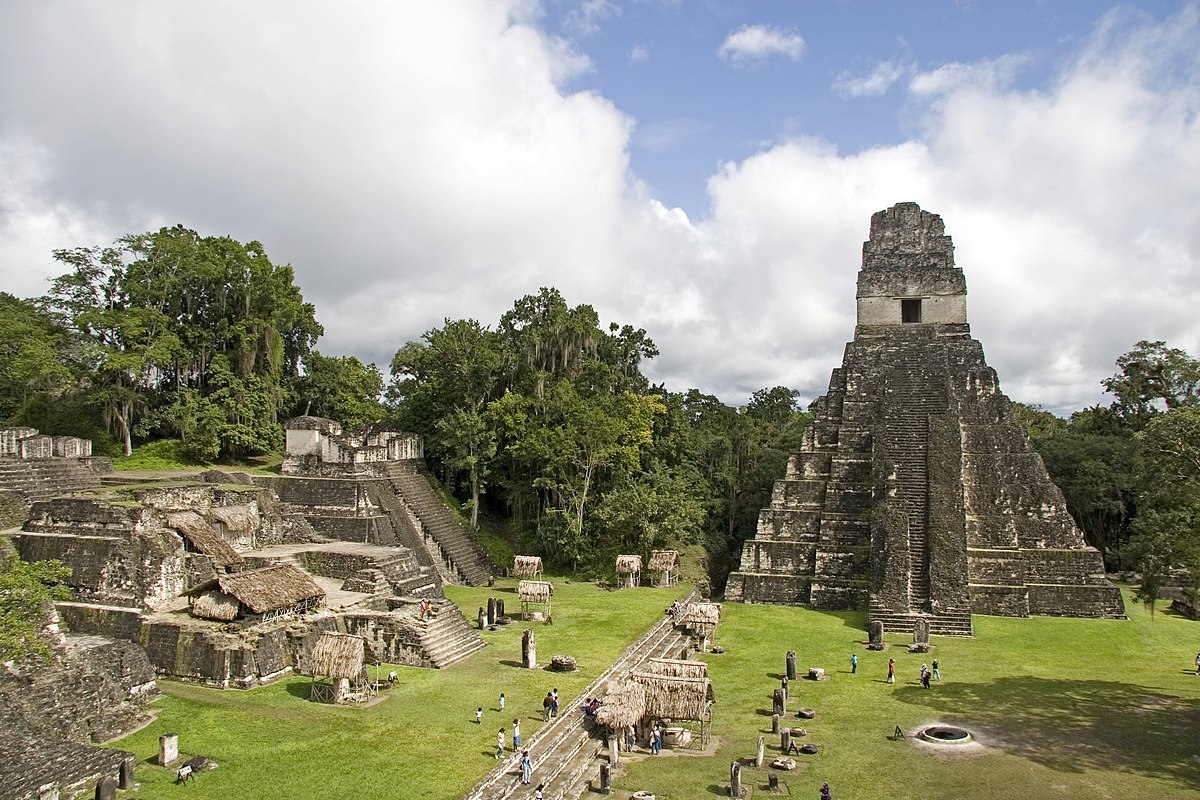
Tikal
An ancient mayan city
Maize God
One of the most important mayan deities representing corn a depiction of this is the shell maize god concept which would have been inlaid with gems, in this the god is riding a mythical fish.
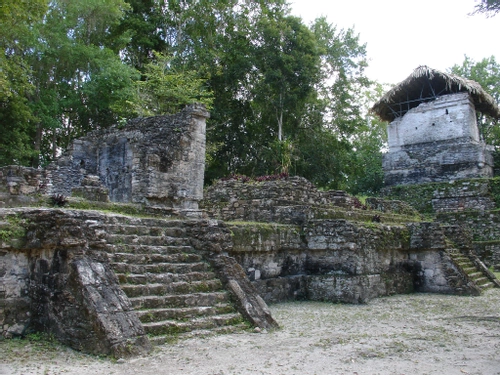
Topoxte
Mayan archaeological site

Hun’unal
Found at Topoxte it is a headdress ornament made of greenstone. Both men and women wore these and they were for royalty. They were not large.
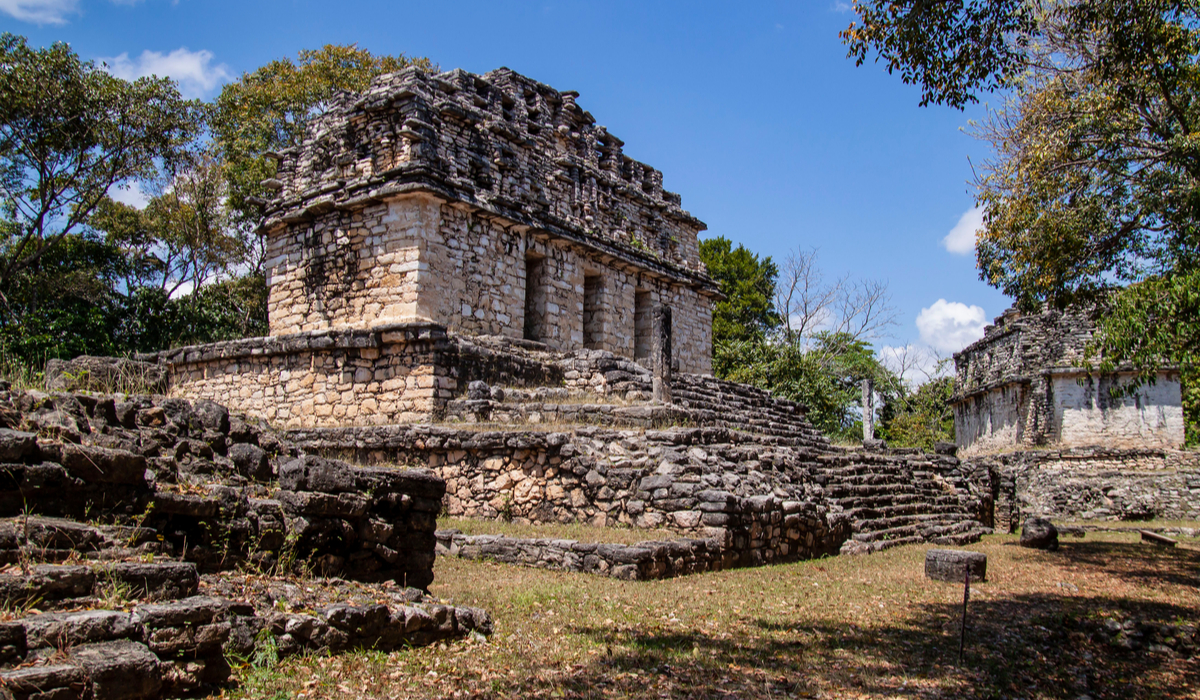
Yaxchilan
Mayan archaeological site
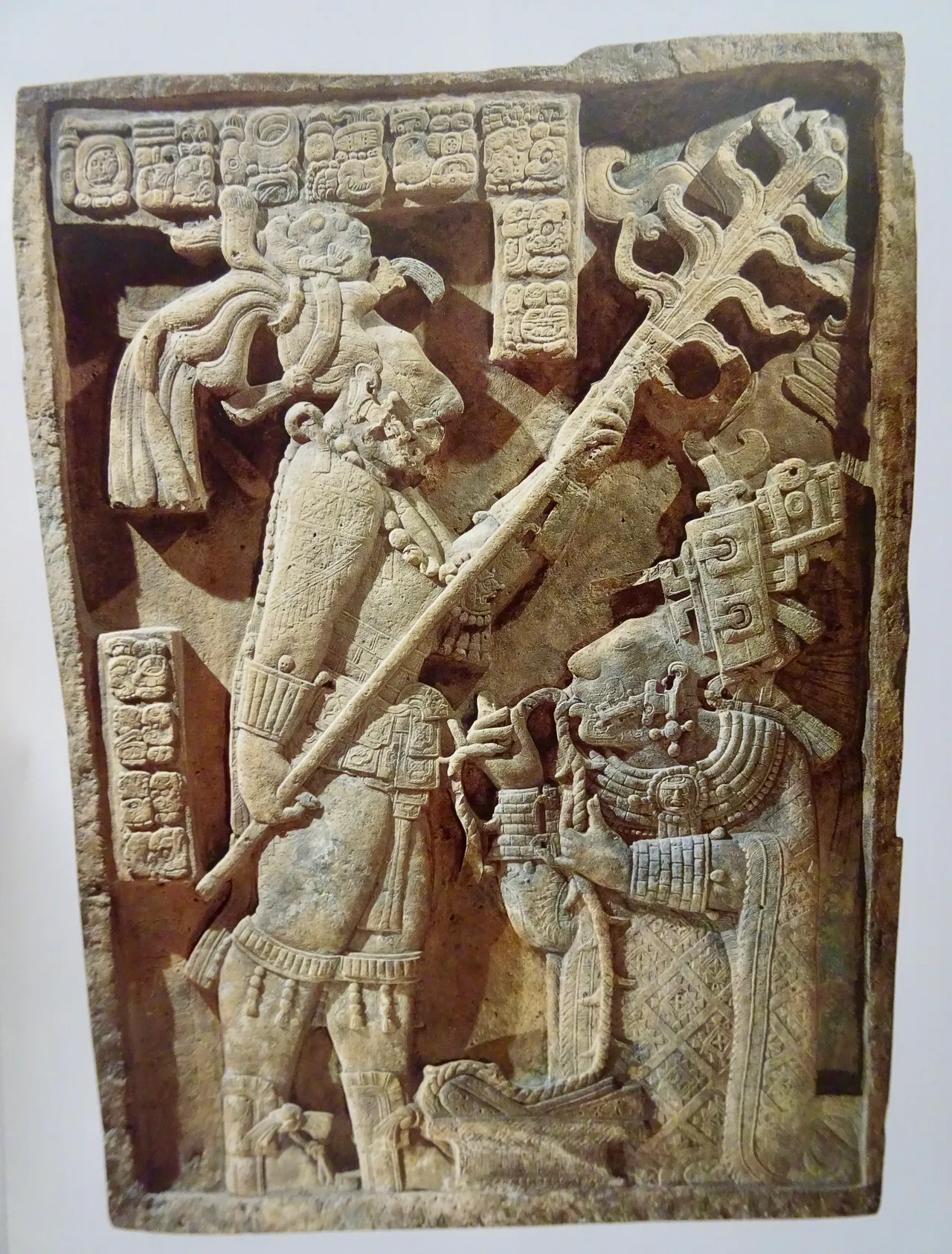
Lady K’Abal Xok
Maya queen of Yaxchilian. There is a lintel of her and her husband where she is in a bloodletting ritual

Shield Jaguar
Mayan king of Yaxchilian. There is a lintel of him and his wife in a bloodletting ritual.
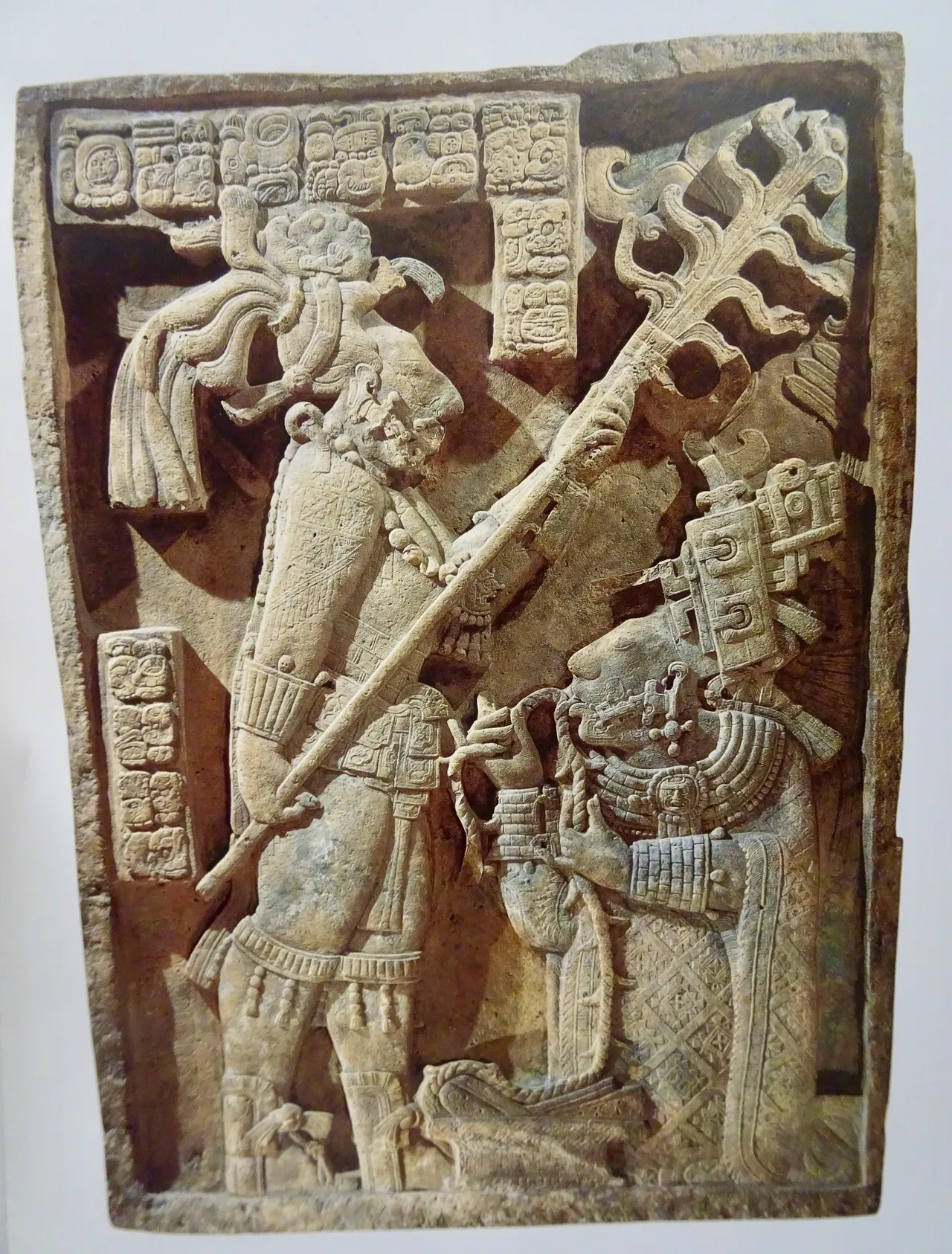
Structure 23
A building in Yaxchilan famous for lintels 24, 25, and 26. These lintels show Shield Jaguar II, and his wife, Lady Xook, participating in various rituals and events such as a bloodletting ritual where Lady Xok pierces her tongue.
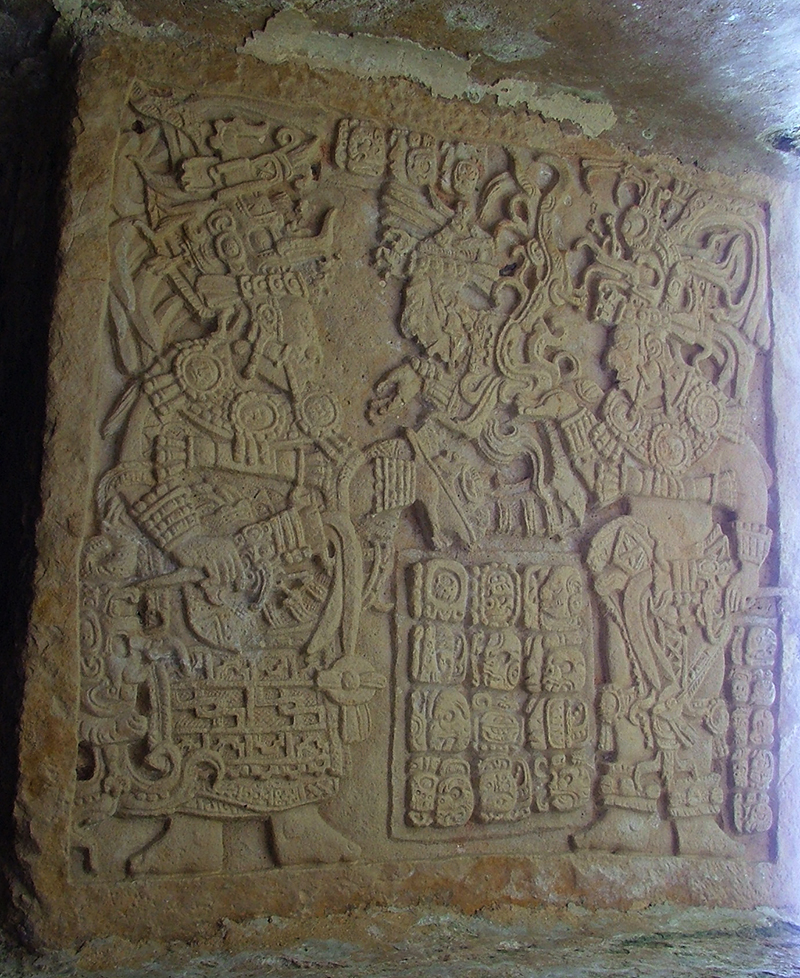
Structure 20
Building in Yaxchilan famous for lintels 15, 16, and 17. These lintels show Shield Jaguar’s multifaceted kingship: not just a warrior, but also a ritual specialist, cosmic intermediary, and public performer.
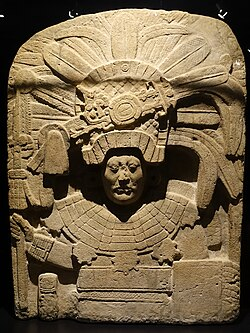
Piedras Negras
Mayan city known for their hieroglyphic inscriptions and stelae.
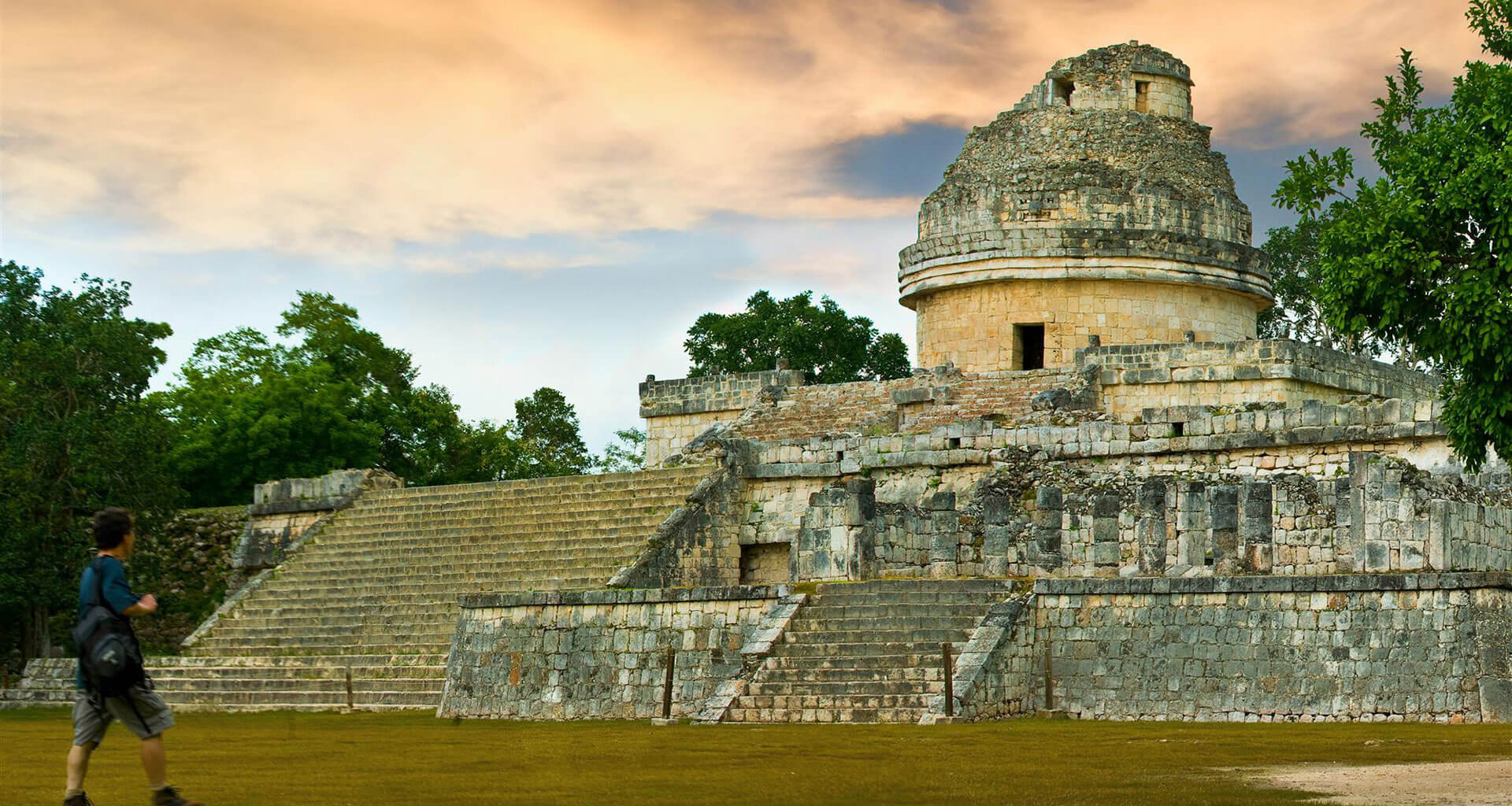
Caracol
Mayan city-state known for its hieroglyphic inscriptions and monumental architecture.

Dos Pilas
Maya city state known for Hieroglyphic Stairway 2 which depicts the life of B’alaj Chan K’awiil, warfare, rituals, dynastic history and it is the most detailed historical narrative in Maya epigraphy.
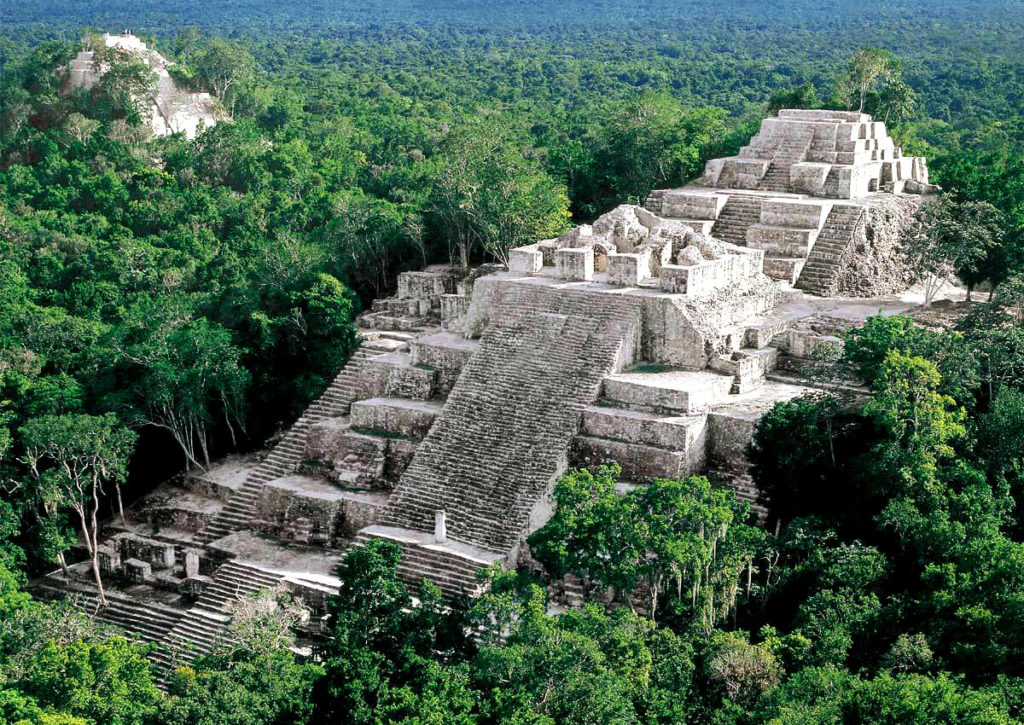
Calakmul
Maya city state where the Caracol altar 21 is which is a circular altar where ritual activity could occur and the Chiik Nahb Complex Murals are.
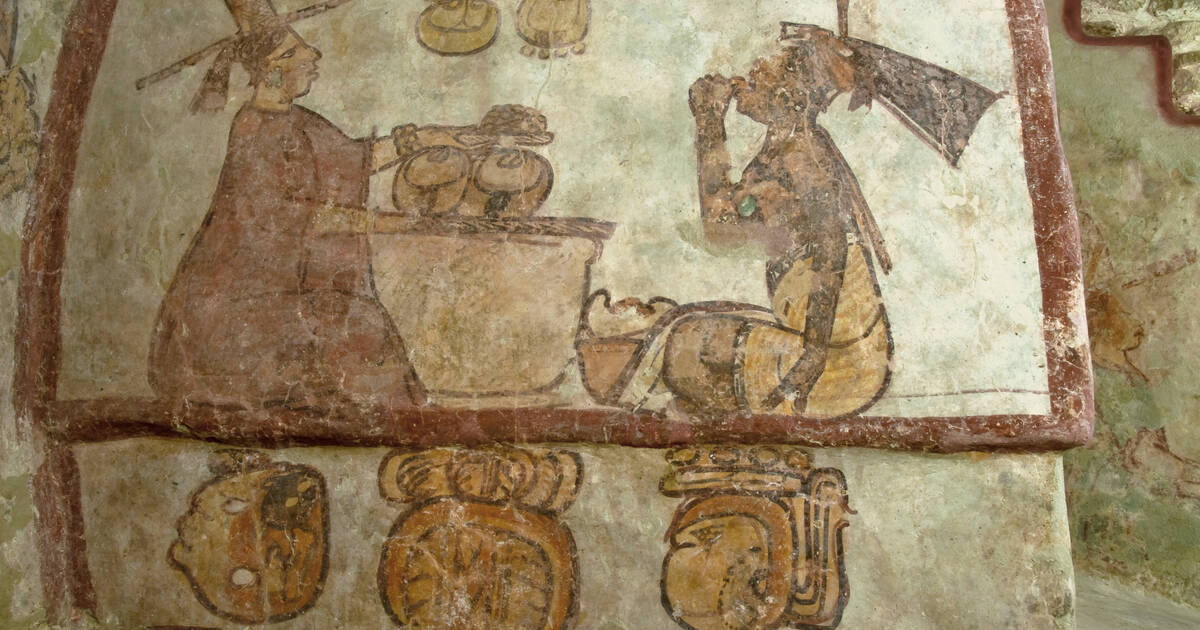
Chik Nahb Complex Murals, Calakmul
At Calakmul it is a colorful mural depicting a market scene. This was a part of public architecture and putting something like this in a public space is unusual showing its importance. We don't know a lot about mayan architecture but this gives us an insight into it. In this mural people are wearing everyday clothes which we don't see a lot in their artwork. This was painted using maya blue.
Maya Blue
A pigment made from indigo dye that was resistant to weather and had connotations of Water and rain, the sky or heavens, sacredness and purity, ch’aak (chaac) / rain gods and maize rituals. This blue was seen on paintings such as Chiik Nahb Complex Murals showing the interconnections of social and sacred.
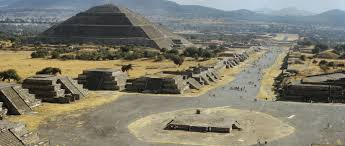
Teotihuacan
“Place where the gods were created,” it was a powerful urban city that affected other Mesoamerican cultures; we are still missing many details of its history and governance, but the art and architecture of the city emphasize primordial beginnings and cosmological power. The city declined and was abandoned because of water crises, deforestation and the potential that it was sacked.
Urbanism
The process of making an area more urban which Teotihuacan employed through its gris system, Apartment Complexes, and Monumental Sector.
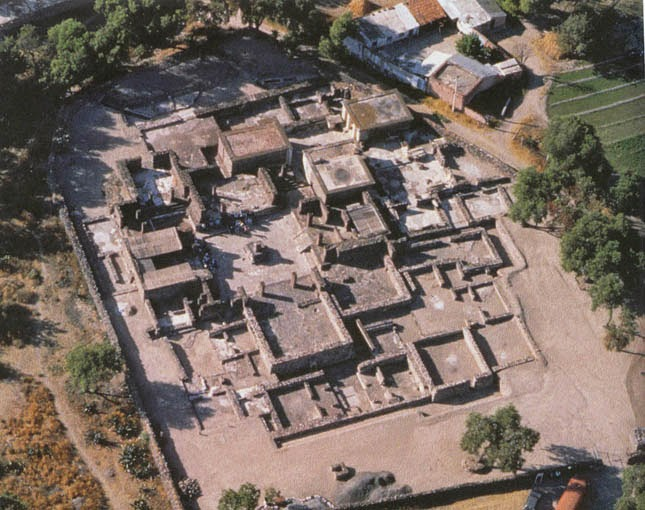
Apartment Complexes
There were 2,000 Apartment Complexes off Street of the Dead which is a street in Teotihuacan.
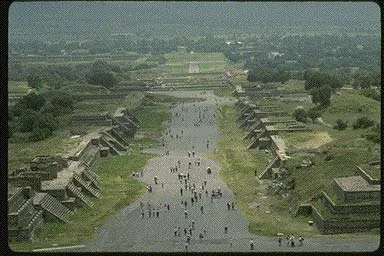
Street of the Dead
Street in Teotihuacan that had 2,000 apartment complexes
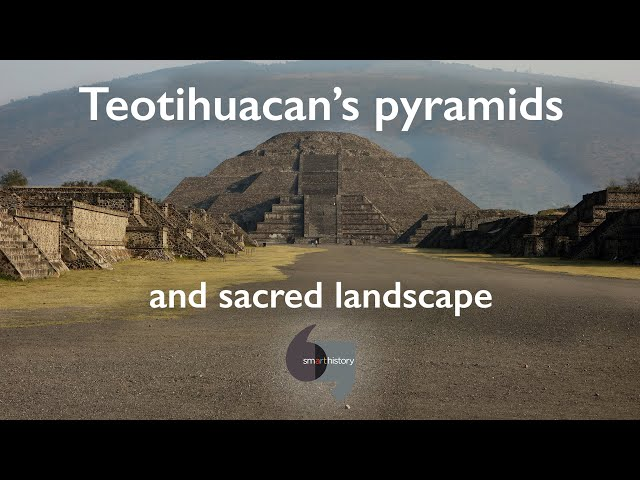
Pyramid of the Moon
The second largest pyramid in meso-america located in Teotihuacan and more specifically the northern end of the street of the dead
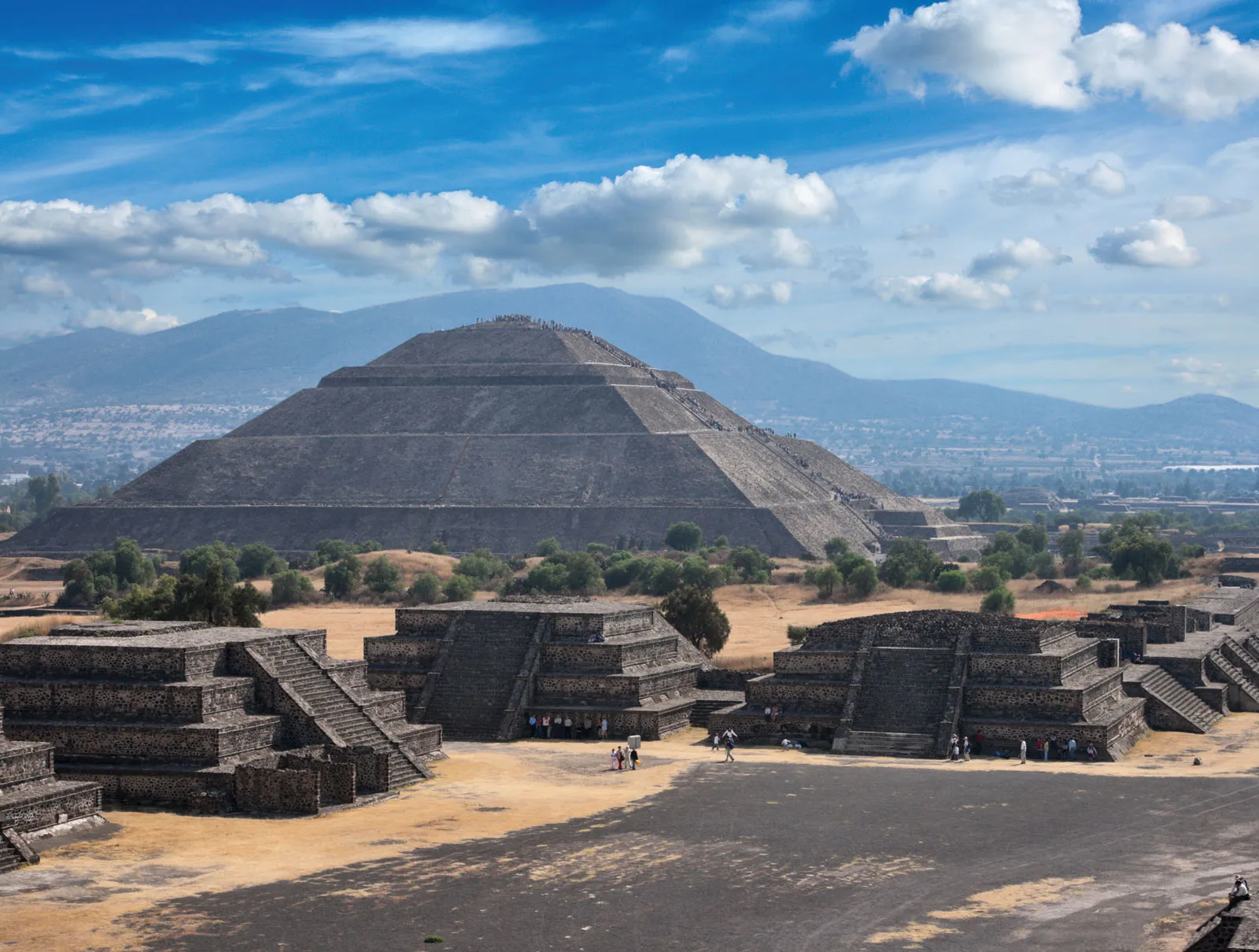
Pyramid of the Sun
The largest building in Teotihuacan and is located on the street of the dead.
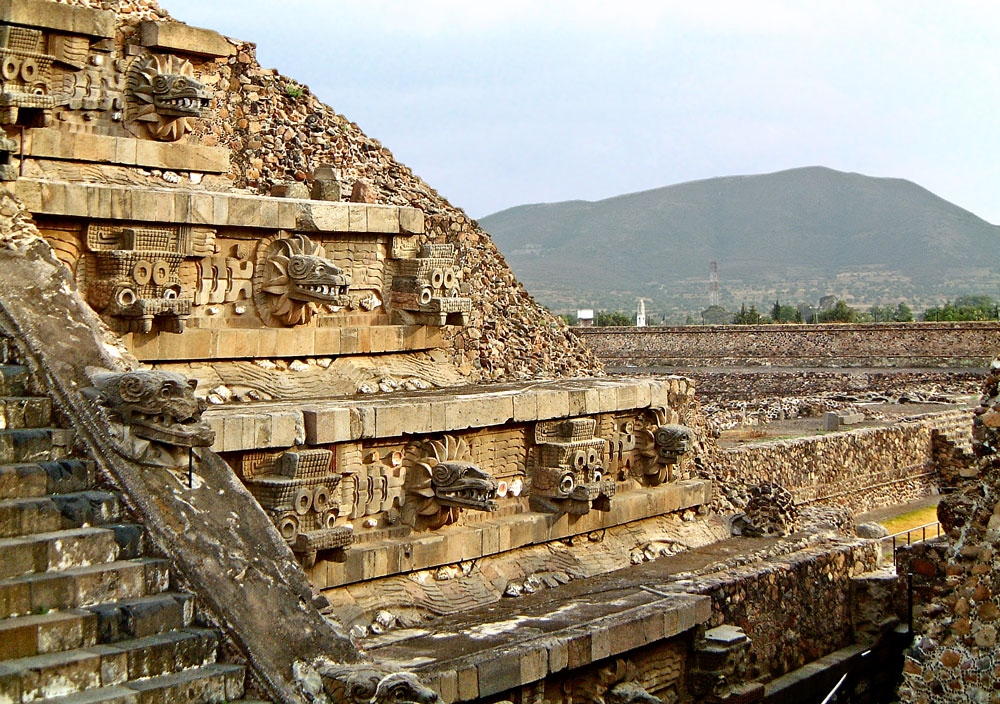
Temple of the Feathered Serpent
Located in Teotihuacan largely known for its stone carved sepat heads on is facade and this deity was the creator deity associated with the cycle of life and death

Tlaloc
The rain/storm god that is often depicted wearing goggles
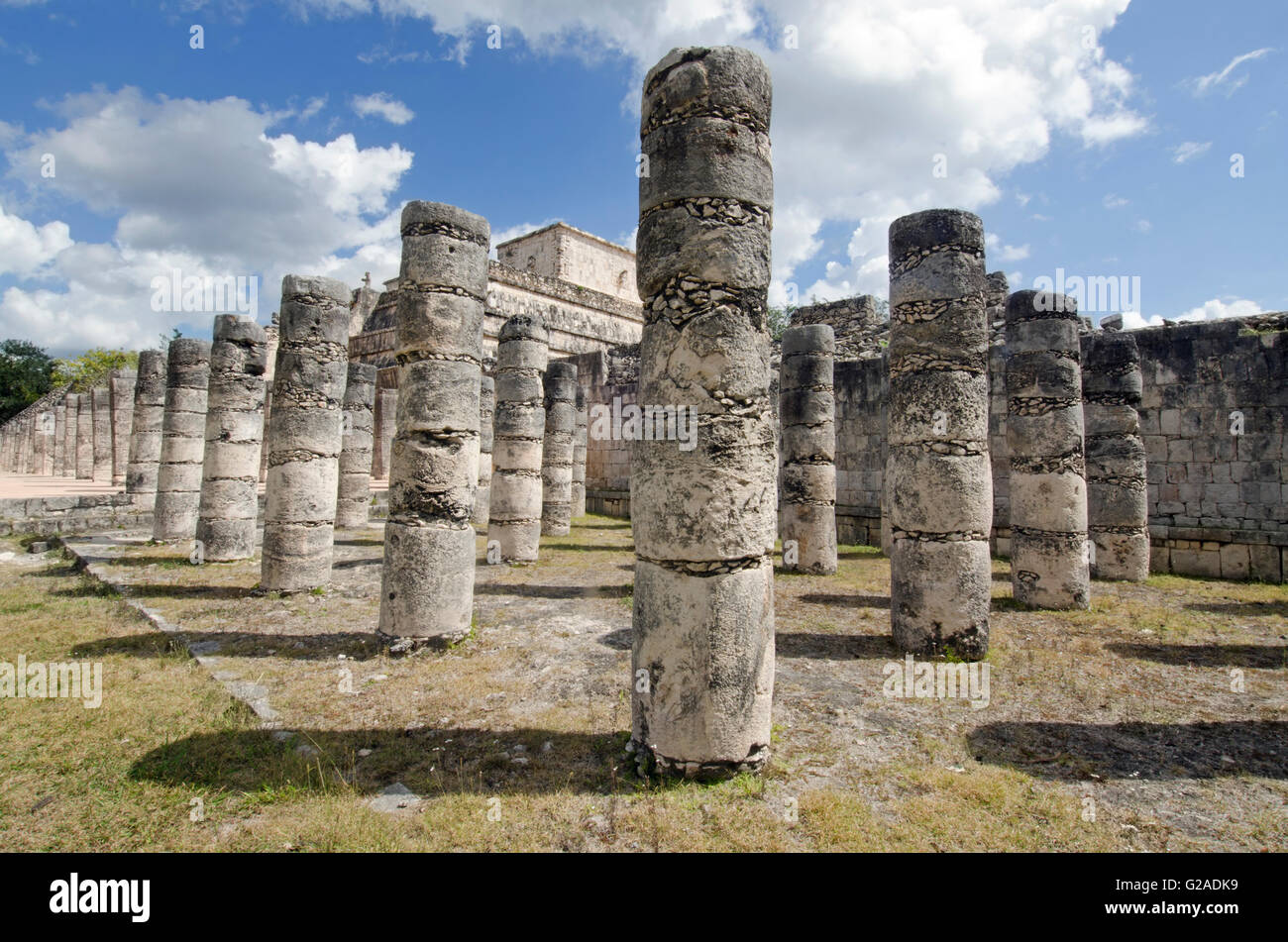
Plaza of the Columns
Large ceremonial and administrative precinct located between the Pyramid of the Moon and the Temple of the Feathered Serpent in Teotihuacan. It served as a political and bureaucratic hub of the city and is notable for its monumental architecture, elite residences, and evidence of foreign interaction, especially with the Maya.
Spearthrower Owl
Was a powerful ruler or high official from Teotihuacan, mentioned in several Maya inscriptions. He is believed to have played a central role in Teotihuacan’s intervention in Maya politics, especially the dynastic takeover of Tikal in the early 5th century CE.
Sihyaj K’ahk
Meaning fire is born he was a Teotihuacano military general or emissary who played a pivotal role in the Teotihuacan-led dynastic takeover of Tikal
Yax Nuun Ayiin
The son of Spearthrower Owl and was a mayan king played a pivotal role in mayan politics also known as Curl Snout/First Crocodile. Isotope studies of his teeth indicate he grew up around tikal.
Siyaj Chan K’awil
Mayan ruler, famous for leading Tikal to victory over Calakmul and the grandson of Spearthrower Owl.
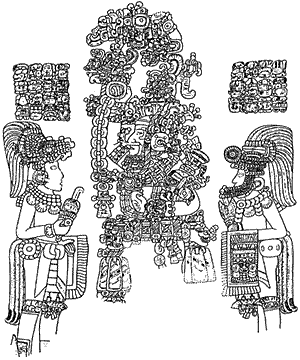
Stela 31
Carved on all 4 sides it depicts Yax Nuun Ayiin-dressed as a Teotihuacano warrior on the stela of his son who succeeds him and Siyaj Chan K’awil in elaborate maya royal regalia. This stela is meant to emphasize family continuity in succession and show the cultural fusion of maya and Teotihuacan visual elements.
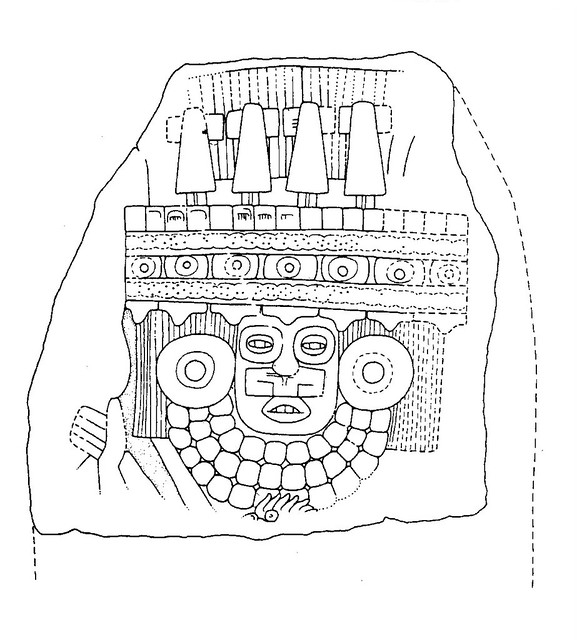
Stela 32
In this Yax Nuun Ayiin-son of Spearthrower Owl becomes new king of Tikal less than a year after King Jaguar Paw dies. He is depicted wearing two goggles like tlaloc.
Copan
Mayan city state located in modern day Honduras
K’inich Yax K’uk Mo
He is the founder of the new dynasty at Copan.
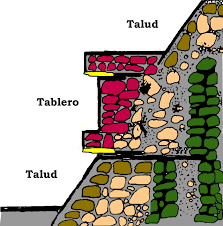
Talud-Tablero
A distinctive architectural style characterized by a repeating combination of a sloping panel (talud) beneath a vertical panel or board (tablero). This was used in architecture such as Pyramid of the Sun, Pyramid of the Moon, and Temple of the Feathered Serpent.
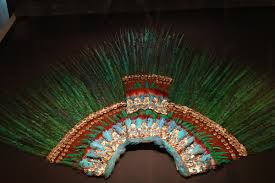
Quetzallapanecayotl
A type of elite feather dress or el penacho (plume) can relate to the headdress we studied in class
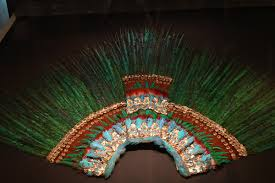
Kopilli Ketzalli
Precious crown often referring to a feather headdress

Tenochtitlan
An aztec/mexica state that is apart of the triple alliance
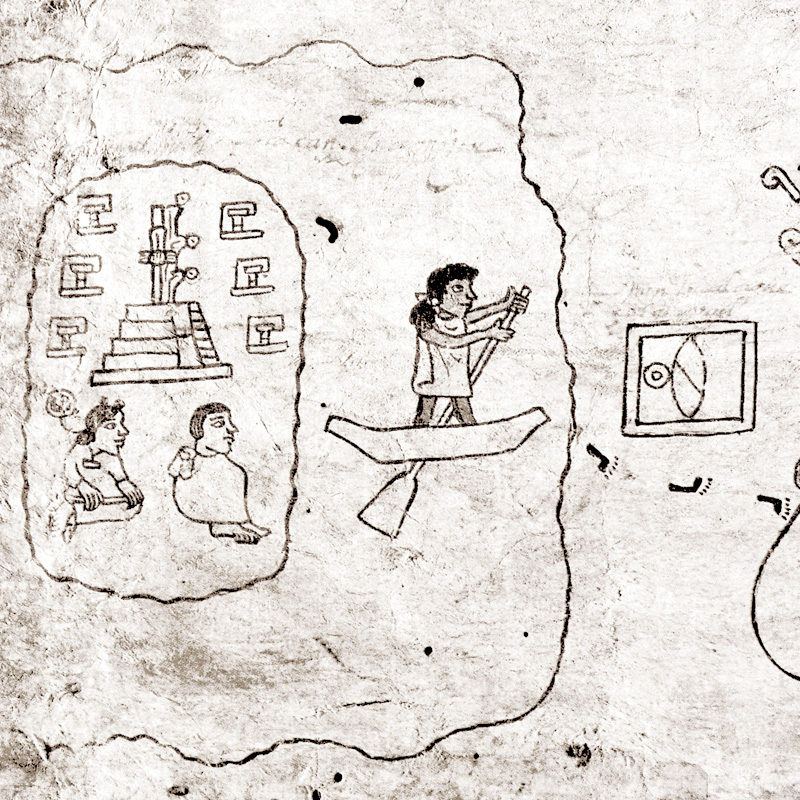
Pictographs
A means of visual communication and record keeping an example of this is the Codex Boturini
Triple Alliance
A political and military coalition that consisted of Tenochtitlan, Tlacopan, and Texcoco which made up the Aztec empire.
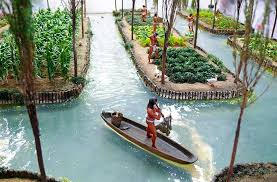
Chinampas
A man made agricultural island built in shallow lake beds especially around lake texcoco sometimes referred to as “floating gardens.” These were a part of the Aztec agriculture system.
Mexica
Are a Nahuatl-speaking Indigenous people who founded Tenochtitlan and became the ruling ethnic group of the Aztec Empire, this was the original name the Aztecs used for themselves.
Nahua
An ethnic group that speaks Nahuatl, the aztecs are nahua people

Huitzilopochtli
Was the patron god of the Mexica (Aztecs), associated with the sun, war, and political conquest. He was said to have guided the Mexica people from their homeland to find the city of Tenochtitlan.
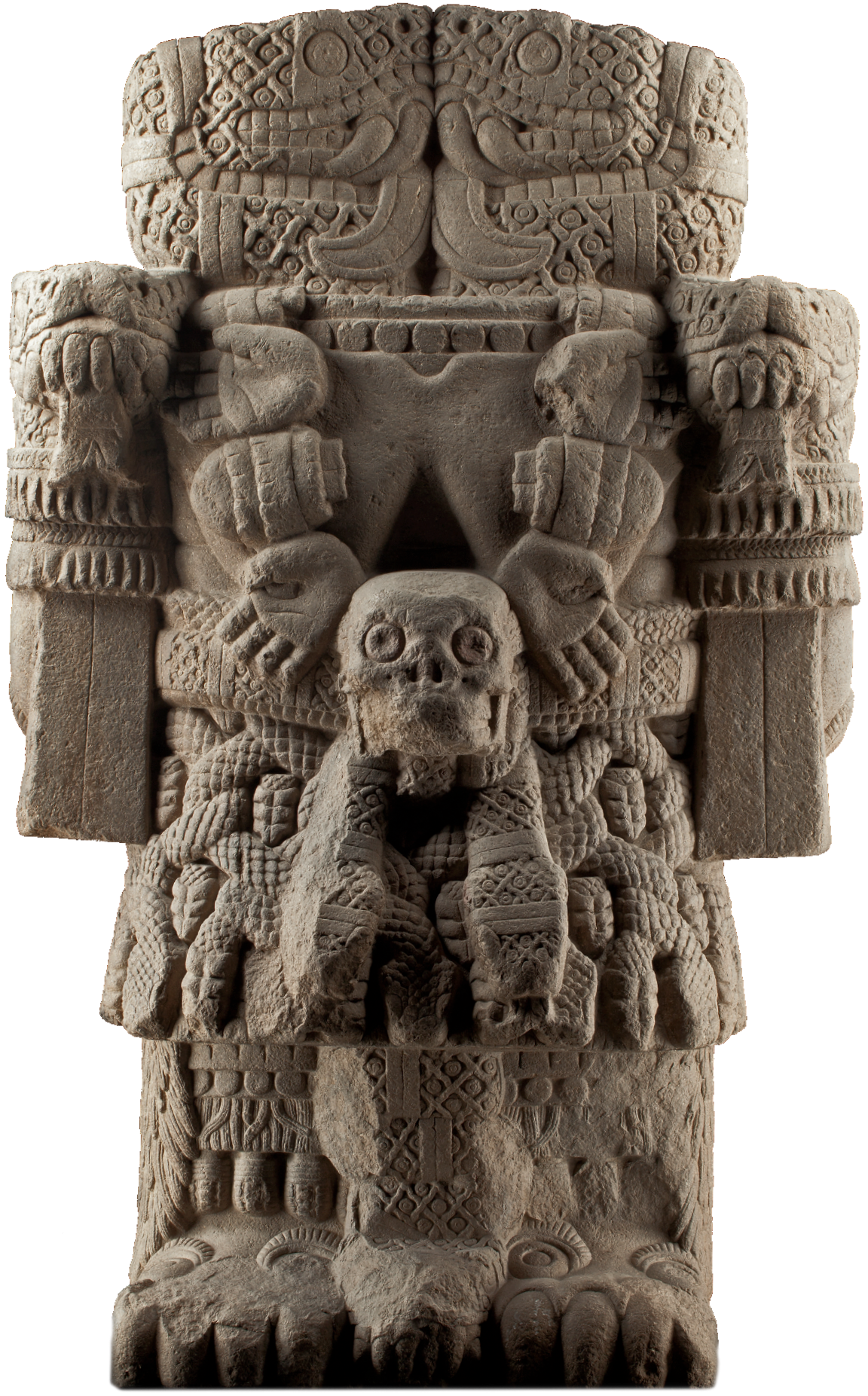
Coatlicue
Meaning “snakes on her skirt,” she is the earth and mother goddess having given birth to Huitzilopochti. She represents fertility, life and death, and cosmic regeneration, embodying the dual forces of creation and destruction.
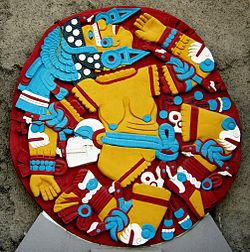
Coyolxauhqui
Meaning “the one with bells on her cheeks” she is the sister to Huitzilopochti and he kills her and she is the lunar goddess representing darkness and the moon therefore contrasting her brother.
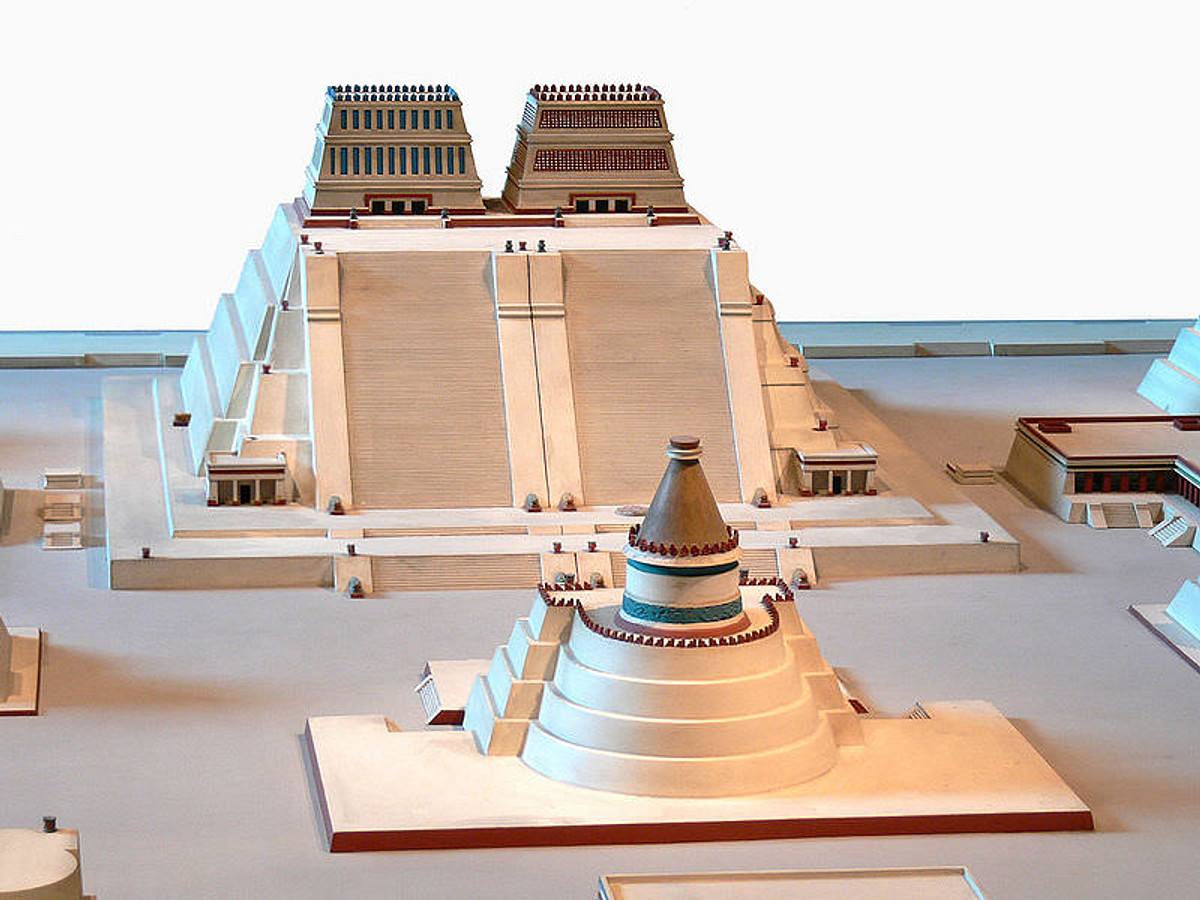
Templo Mayor
Was the central ceremonial and political structure in Tenochtitlan that was dedicated to Huitzilopochtli (war/sun) and Tlaloc (rain/agriculture). It is a double pyramid platform with twin temples on top. It also had stairs that allowed for performances and many sacrifices took place here.
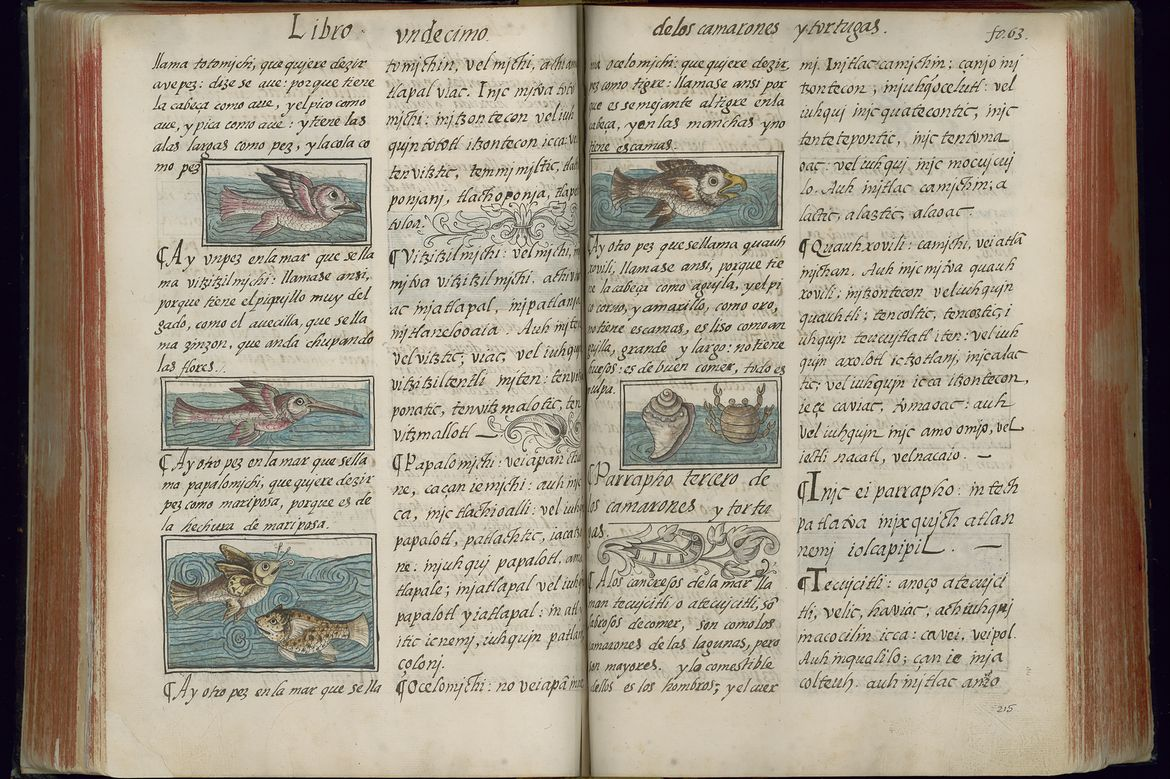
Florentine Codex
Like an encyclopedia, made in the post conquest period during a second epidemic where Spanish people were dying, it was by multiple authors and was created by Mexico's first college.
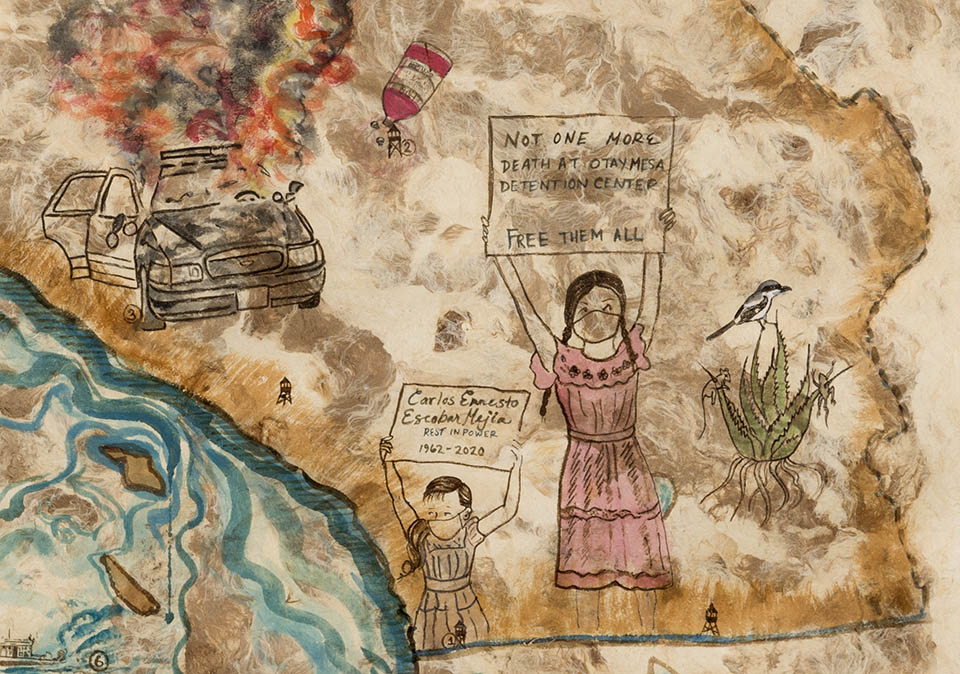
Sandi Rodriguez
A contemporary artist who blends recent and historical events. In her work she takes inspiration from the Florentine codex to make her own maps that use insect watercolor.
Uto-Aztecan Language Family
One of the largest and oldest indigenous language families that includes nahuatl
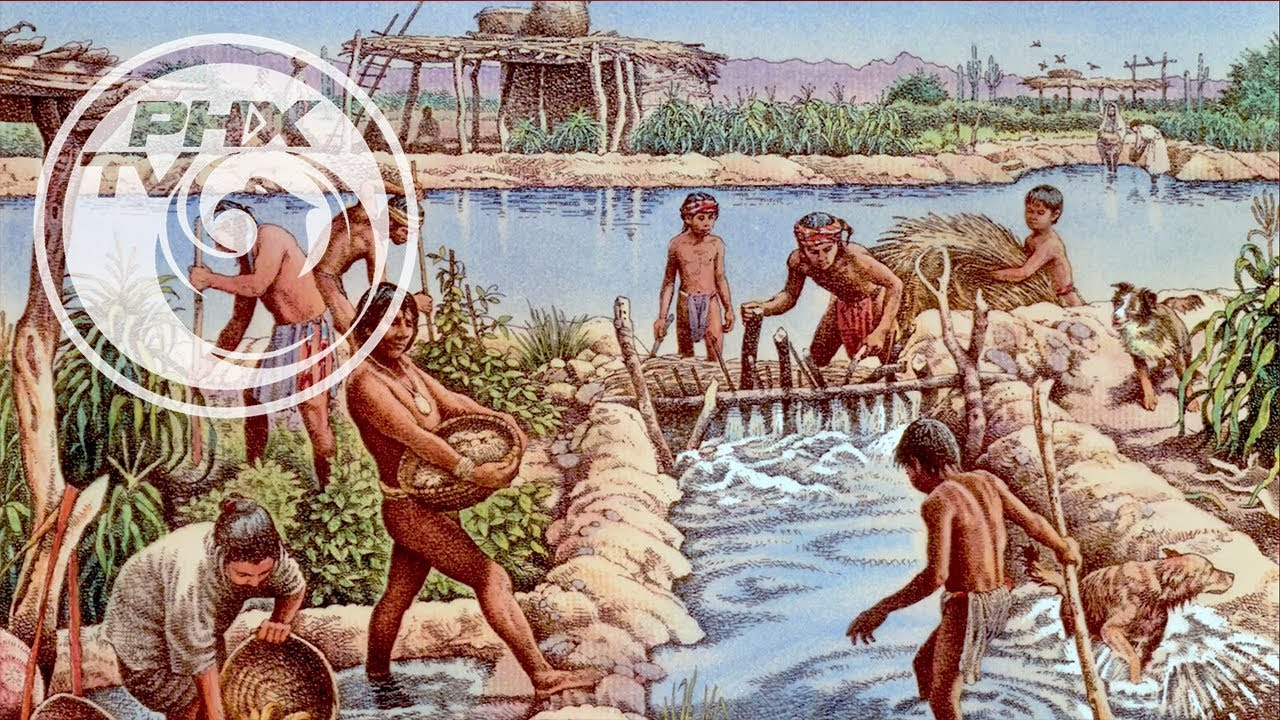
Hohokam
An ancient Indigenous culture of the American Southwest, primarily located in present-day southern Arizona. They were known for their ballcourts, extensive canal systems and pit houses that were later adobe compounds.

Ancestral Puebloan
They are located in the “four corners” and were known for their cliff dwellings and kivas.
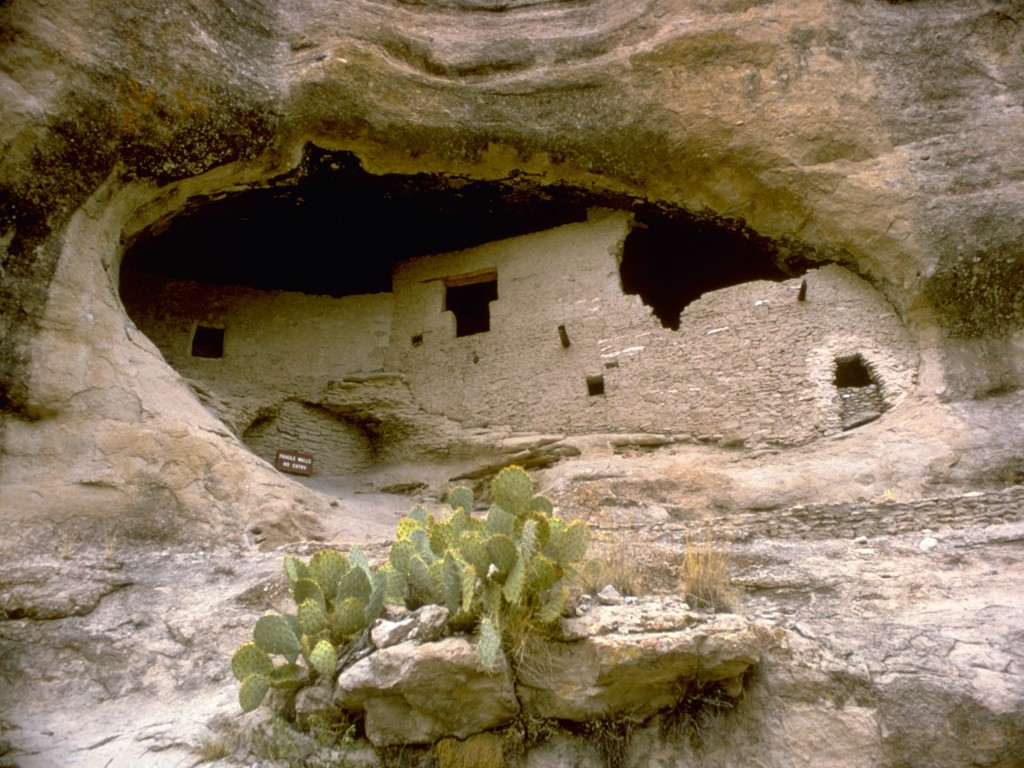
Mogollon
Indigenous culture that lived in mountainous regions of southern New Mexico, southeastern Arizona, and northern Mexico. They are known for their pit houses, distinctive pottery, and gradual transition to above-ground pueblos.
Ballcourt
The ball game was very important to Mesoamerican societies. There were I-shape ballcourts in Maya and Mexica tradition and in Hohokam tradition there were oval shaped ones.

Kiva
Circular below ground ceremonial structures that the Ancestral Puebloan were known for.
Cacao
A Puebloan luxury art, they made ceremonial beverages out of them. They were alcoholic but their plant is not native to this region.
Macaw
Primary birds being brought into the southwest-socially and economically valued birds. We see birds in ceramic iconography. They are very vocal birds and had to be individually brought by a specialist.
Feathers
A pueblo luxury art often used the feathers of macaws. They were very hard to obtain and held a lot of spiritual power.
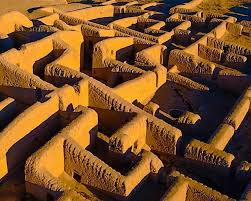
Paquime, Casas Grandes
Major prehistoric city and trading center where macaws were raised and they used a lot of turquoise and shells.
Chumash
Are a Native American people whose ancestral lands span the southern coastal regions of California, including Santa Barbara, San Luis Obispo, Ventura counties, and the Channel Islands, they are known for Basketry, Shell beads, and Tomol.
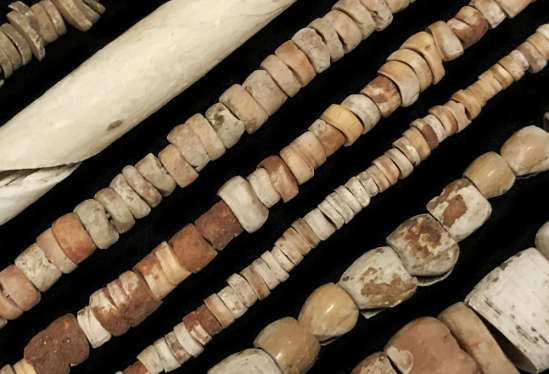
Shell Beads
Very important to the Chumash people this was a highly desired industry and the beads were both used as a currency and a way to adorn.
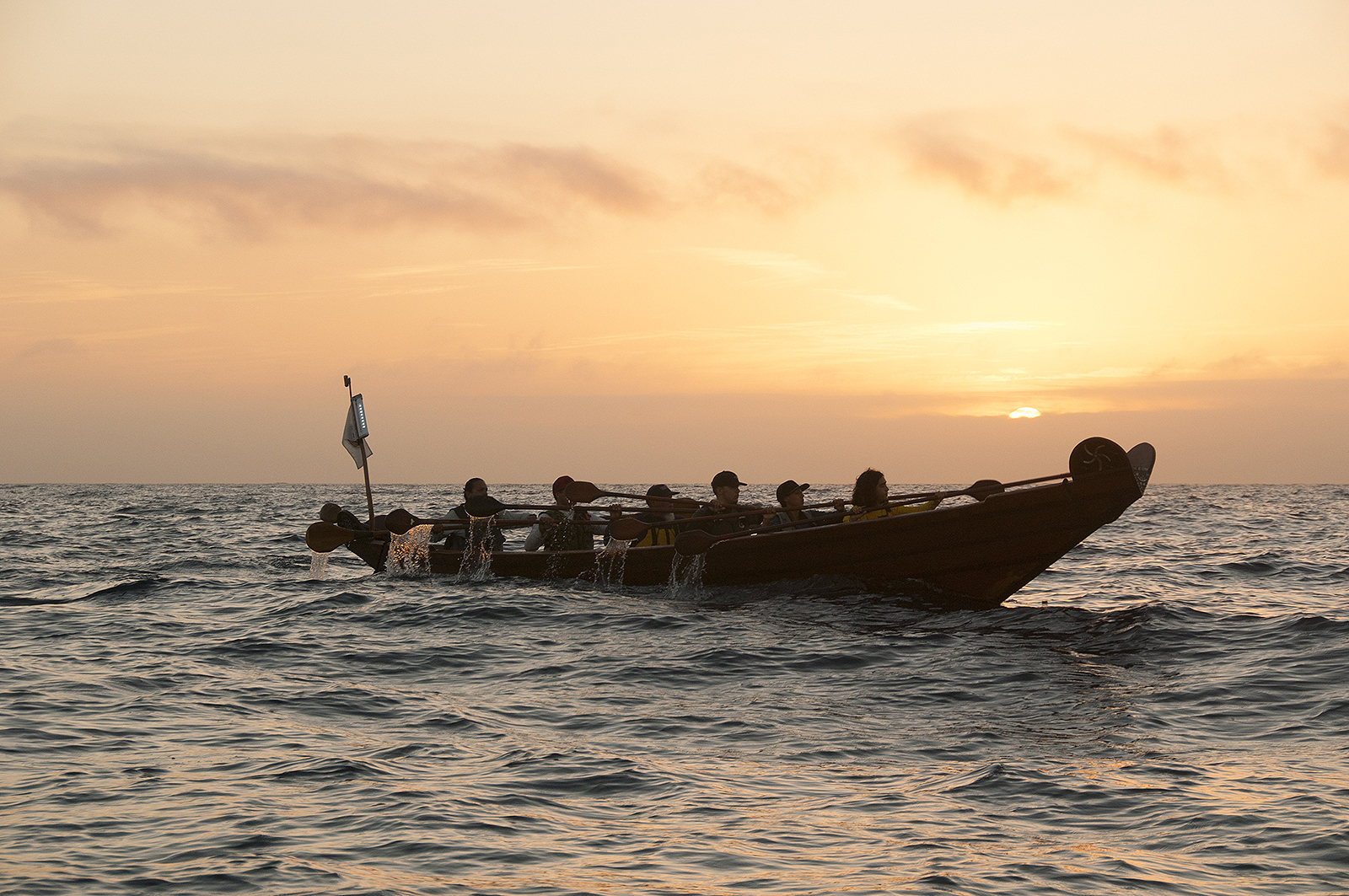
Tomol
Plank canoe used by the Chumash. They allowed for transportations of good and facilitated fishing and trade, they used redwood also pine and fur, and the driftwood had to be naturally seasoned

Basketry
The Chumash people were skilled basket makers. They created waterproof basket with materials from the wetlands.